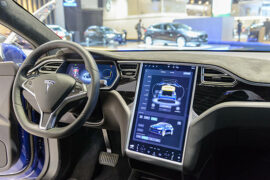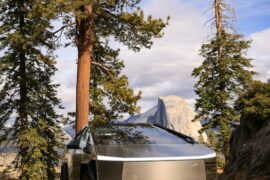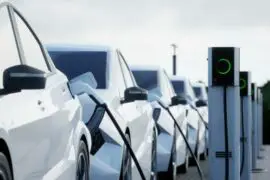In the ever-evolving landscape of autonomous driving, Tesla has remained at the forefront, setting new standards and redefining how we interact with our vehicles. At the heart of this automotive revolution lies the remarkable Autosteer feature, a pivotal component of Tesla’s Autopilot system. Autosteer has revolutionized the way we drive and propelled us into a future where cars can navigate, steer, and adapt to changing road conditions with remarkable precision.
We will explore the mechanics, the convenience, and the safety benefits it offers Tesla owners. The message reads, “Autosteer unavailable for the rest of this drive .”
Contents
What is Autosteer in Tesla?
Tesla’s Autosteer is a groundbreaking feature at the forefront of the company’s suite of autonomous driving capabilities. At its core, Autosteer is designed to enhance the driving experience by providing advanced driver-assistance features, moving us closer to a future of fully autonomous vehicles.
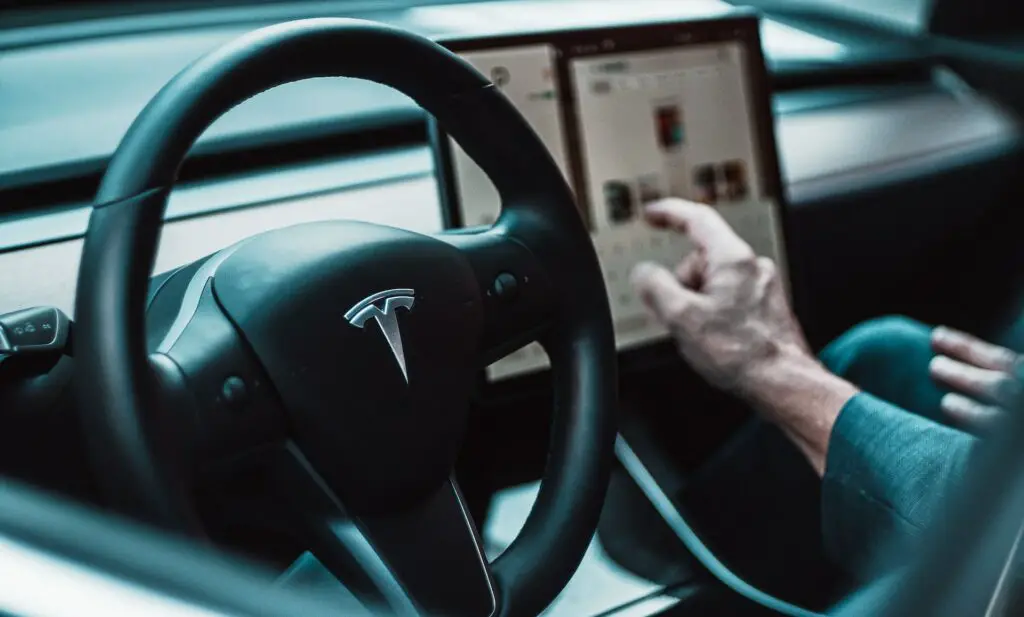
How it Works:
Autosteer leverages cutting-edge hardware and software to enable a Tesla vehicle to control its speed and steering within a specific lane on the highway. This functionality comes as part of Tesla’s Autopilot package, which includes adaptive cruise control, traffic-aware cruise control, and more. Through a network of sensors, cameras, radar, and advanced algorithms, Autosteer allows the car to maintain a safe following distance from the vehicle ahead, adjust its speed as traffic conditions change, and even navigate curves and bends—all while staying within the lane markings.
Convenience and Safety Benefits for Tesla Owners:
The convenience of Autosteer is undeniable. It relieves drivers of some of the more repetitive and monotonous highway driving tasks. Tesla owners can engage Autosteer on supported roads, and the car essentially takes over the responsibilities of maintaining speed and staying within the lane. This allows drivers to relax, reduce fatigue on long journeys, and arrive at their destinations feeling more refreshed.
By integrating advanced driver-assistance technology into their vehicles, Tesla has elevated the convenience and comfort of driving and taken substantial steps toward the vision of safer roads and a more sustainable future. However, it’s important to note that while Autosteer is an impressive advancement, drivers must remain attentive and be ready to take control of the vehicle at any moment.
Tesla’s Autosteer is a remarkable feature, but it’s important to understand that it’s not always available under all circumstances. There are several scenarios and situations in which Autosteer might disable itself during a drive, often to ensure safety and responsible use. Let’s explore some of the common reasons:
1. Lack of Driver Engagement:
Autosteer requires active driver engagement at all times. Tesla vehicles have sensors to monitor driver attentiveness, including detecting if hands are on the steering wheel. If the system detects that the driver is not paying sufficient attention or has removed their hands from the wheel for an extended period, it may disable Autosteer. This safety measure ensures that drivers are ready to take control if needed.
2. Poor Road Conditions:
Autosteer relies heavily on clear lane markings and well-maintained road conditions. If you’re driving on a road with unclear or missing lane markings, heavy rain, or snow, or if the road is in poor condition, Autosteer may disable itself. The system may struggle to detect lane boundaries accurately and cannot provide safe autonomous control.
3. System Malfunctions:
Like any complex technology, Autosteer can encounter occasional glitches or malfunctions. If there’s a problem with the Autopilot hardware or software, the system may disable itself as a safety precaution. Tesla continuously works on improving the reliability of their systems, but technical issues can still arise.
4. Frequent Disengagement:
If a driver frequently disengages Autosteer by taking control of the steering wheel or braking, the system may disable itself for the remainder of the drive. Frequent disengagement could indicate that the driver is not using Autosteer as intended, and the system may encourage them to drive manually.
5. Firmware Update:
Sometimes, when Tesla releases a software update, certain features may be temporarily turned off during the update process. This is to ensure that the vehicle’s software is up to date and functioning correctly before allowing full use of Autosteer.

Safety First: Tesla’s Approach to Autosteer Disabling
Tesla has made safety a paramount concern in developing and deploying its Autosteer feature. This approach is evident in how the system temporarily disables itself when it detects potential issues or risks. Here’s a closer look at how Tesla prioritizes safety:
1. Proactive Risk Mitigation:
Tesla’s Autosteer system is designed to proactively identify potential risks and take appropriate measures to mitigate them. When the system senses conditions that may compromise safety, such as a lack of driver engagement or poor road conditions, it acts swiftly to disable Autosteer. This proactive approach helps prevent accidents and ensures that the vehicle remains under the driver’s control when necessary.
2. Encouraging Driver Responsibility:
Tesla’s Autosteer is not intended to replace human drivers but to assist and enhance their capabilities. By temporarily disabling Autosteer in certain situations, Tesla encourages drivers to remain attentive and actively involved in the driving process. This approach aligns with the principle that the driver should always be ready to take control of the vehicle.
3. Continuous Improvement:
Tesla is committed to the ongoing improvement of its Autopilot and Autosteer systems. They collect data from their global fleet of vehicles to enhance the software and hardware, making Autosteer more reliable and safer with each update. This commitment to continuous improvement reflects Tesla’s dedication to pushing the boundaries of autonomous driving technology while maintaining a strong safety foundation.
4. Transparency and Education:
Tesla places a significant emphasis on educating its drivers about the capabilities and limitations of Autosteer. Through user manuals, software release notes, and online resources, Tesla strives to ensure drivers understand how to use Autosteer safely and responsibly. This educational approach helps drivers make informed decisions while using the feature.
5. Regulatory Compliance:
Tesla is diligent about adhering to regulatory requirements and guidelines related to autonomous driving technology. This commitment to compliance ensures that Autosteer operates within the boundaries of the law, contributing to overall road safety.
In autonomous driving, Tesla’s Autosteer stands as a beacon of innovation. However, its occasional message, “Autosteer unavailable for the rest of this drive,” serves as a reminder of the paramount importance of safety.
Autosteer’s ability to enhance convenience and road safety is undeniable. Yet, it does not diminish the driver’s role but magnifies it. Tesla’s safety-first approach, triggered by factors like driver disengagement, adverse road conditions, or system issues, reinforces the driver’s responsibility.
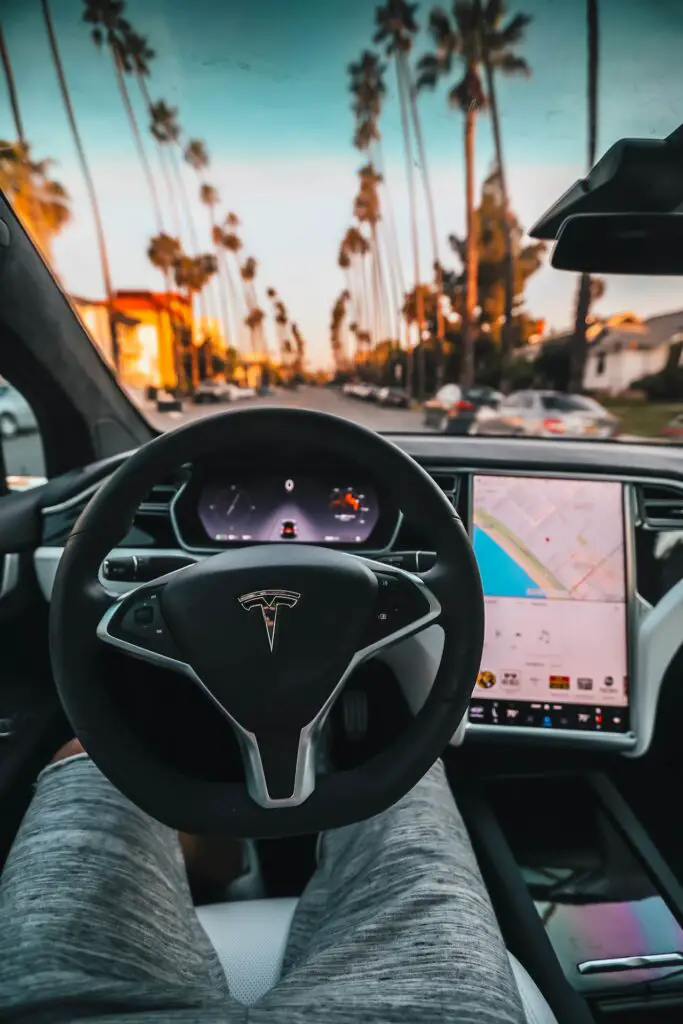
In the journey toward a future of self-driving vehicles, the driver remains the linchpin. Tesla’s dedication to risk mitigation, continuous improvement, and transparency sets a standard for the industry.
2023: Discover How Long Does Tesla Battery Calibration Takes for Peak Performance


